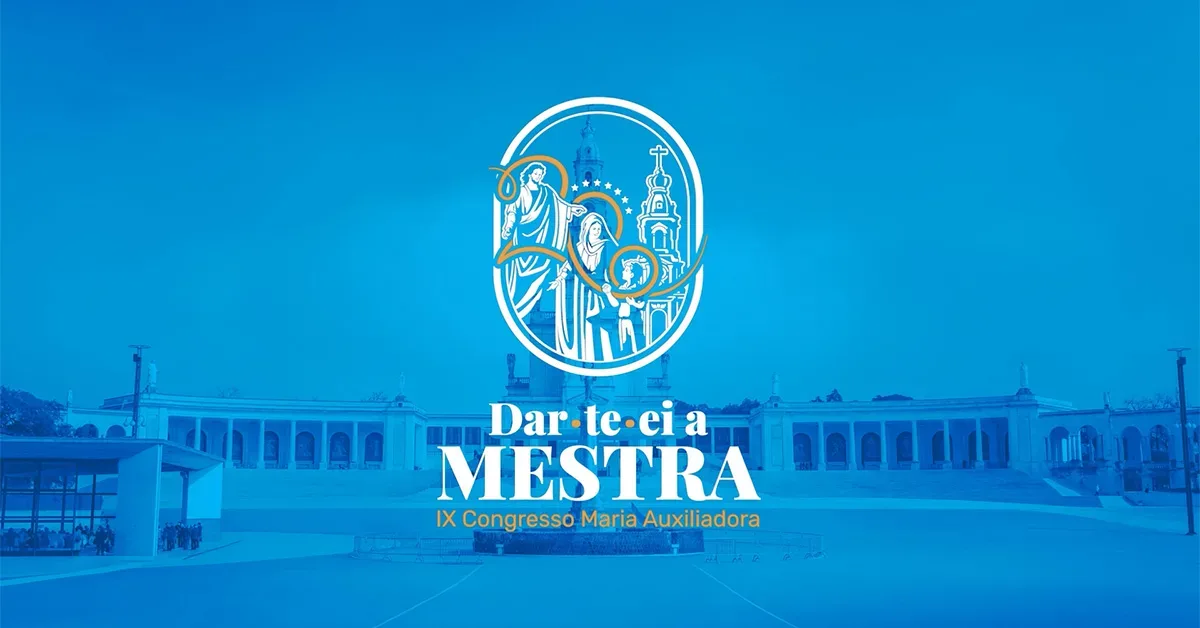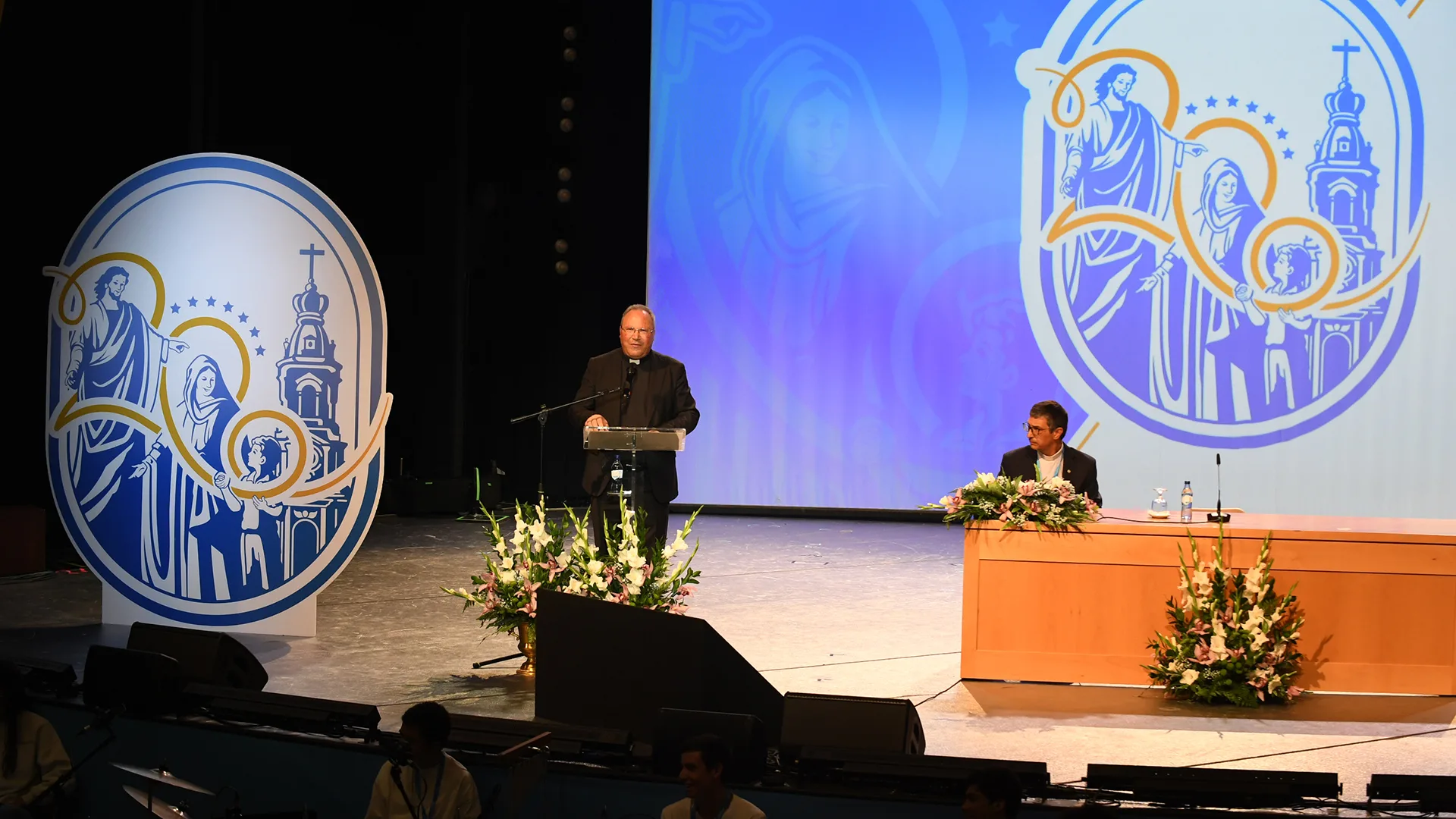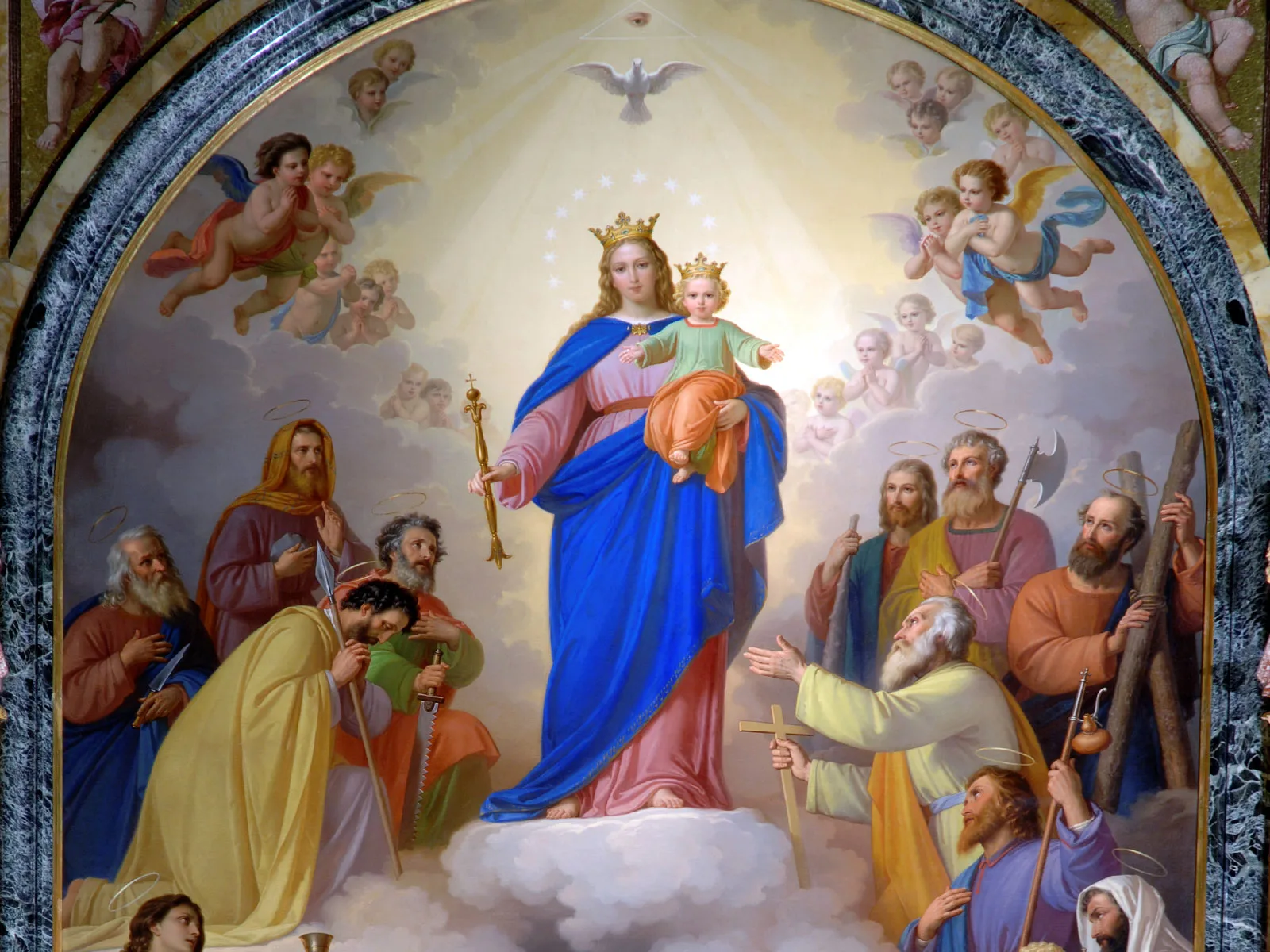For God so loved the world that He gave His only Son, that whoever believes in Him should not be lost, but have eternal life. For God did not send His Son into the world to condemn the world, but that the world might be saved through Him.
(John 3: 16-17)
The dream at the age of nine seems to take place in the courtyard of any Salesian oratory in the world. We are not on the mountain of contemplation nor are we in the sacred space of the temple. Giovannino finds himself close to home in a very spacious courtyard, packed with boys, which he later recognised as a familiar place near his home in Becchi. A place where there is no loneliness, but multitude: there are boys everywhere and these do not have an angelic appearance but a concrete one; they play and quarrel, they cheerfully amuse themselves, but few blaspheme. The first instinctive reaction is to use force to make them better, to help them behave appropriately. And a bright and distinguished man appears in the courtyard, indicating what the proper attitude towards the boys should be. And then, also a lady dressed in light.
John stands in the middle, as a mediator between the rowdy boys and the powerful figure of the man and then the woman who invite him to stand at the head of his comrades as their positive and purposeful leader. They offer him a style of action – “not with blows but with meekness and with charity” – and invite him to instruct them on the ugliness of sin and the preciousness of virtue. Faced with the impossibility of educating them, the man refers to the woman, pointing out to the boy as a teacher: “I will give you the teacher under whose discipline you can become wise, and without whom all wisdom becomes foolishness. It is she, in fact, who indicates to him both the field where he is to work and the methodology to be used: “Here is your field, here is where you are to work. Make yourself humble, strong, robust.” From the outset, Mary is called upon to give birth to a new charism as it is precisely her speciality to carry and give birth.
The reciprocity between these figures – the boys on the one hand, the Lord (later joined by the Mother) on the other – is the most important message of the dream.
The encounter between the youth’s vulnerability and the Lord’s power, between their need for salvation and his offer of grace, between their desire for joy and his gift of life must now become the centre of his thoughts, the space of his identity. The score of his life will all be written in the tonality that this generating theme gives him: modulating it in all its harmonic potential will be his mission, in which he must pour out all his gifts of nature and grace1.
The privileged place of the encounter between young people and God is the courtyard, the sacred ground of the incarnation of Don Bosco’s charism for all times and situations. God comes into the world of the young which in the dream is represented by a courtyard where they play, have fun and also negative experiences of contrast and contention. Not elsewhere but he comes among them and wants to be among them, in the space of their daily relationship.
The re-proposition of the ‘incarnation strategy’ is clear: God does not wait for people to come to Him but sends His Son to them. In the same way, the dream naturally and unquestionably places John in the usual place of young people’s lives. He will thus be called to evangelise the ordinary places of young people’s growth:
The courtyard therefore speaks of the closeness of divine grace to the ‘feeling’ of the youngsters: to welcome it one does not have to leave one’s own age, neglect its needs, force its rhythms. When Don Bosco, by now an adult, wrote in ‘Young Provident’ that one of the devil’s tricks is to make young people think that holiness is incompatible with their desire to be cheerful and with the exuberant freshness of their vitality. He would only be giving back in mature form the lesson intuited in his dream and which then became a central element of his spiritual magisterium.
At the same time, the courtyard speaks of the need to understand education from its deepest core, which concerns the heart’s attitude towards God. There, the dream teaches, is not only the space of an original openness to grace but also the abyss of resistance, in which the ugliness of evil and the violence of sin lurk. This is why the educational horizon of the dream is frankly religious and not just philanthropic, and stages the symbolism of conversion, and not just that of self-development. In the courtyard of the dream, filled with boys and inhabited by the Lord, what will be the pedagogical and spiritual dynamic of the Oratorian courtyards in the future is therefore disclosed to John.2
The horizon of the mission is therefore religious, not philanthropic: God is the true need of man, the desire for God is the true desire of every man. For this reason, the Salesian oratory assumes the work of education as God’s work, and Salesian pedagogy is a pedagogy of grace, where things, tools, activities, strategies, skills are not an end in themselves, but intended to interpret life as vocation and mission.
Fr Enrico Stasi – SDB







